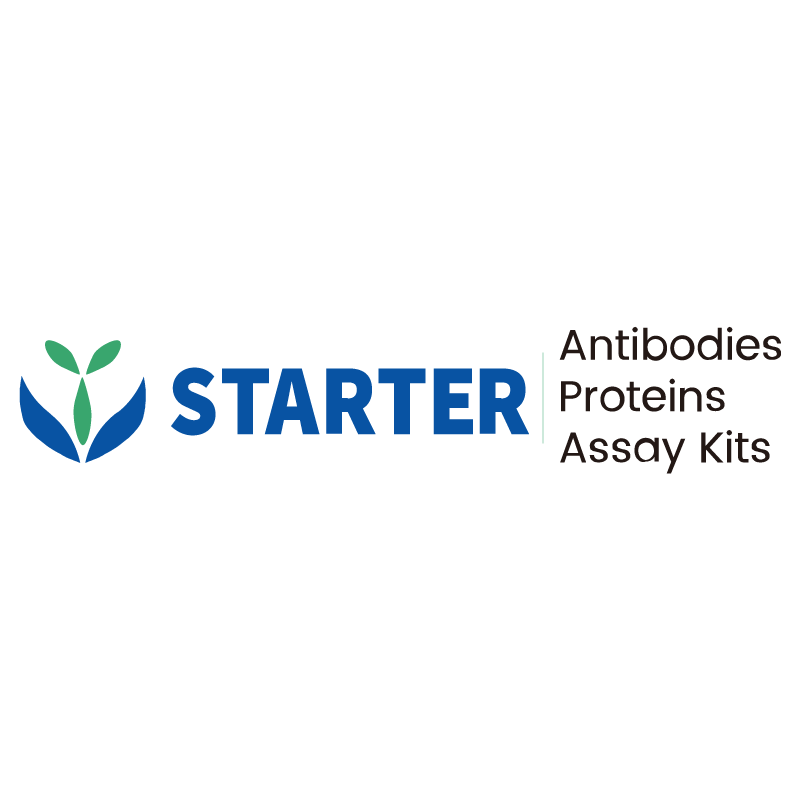Flow cytometric analysis of Human PBMC (human peripheral blood mononuclear cells) labelling mouse CD159a antibody at 1/200 (1 μg) dilution/ (Right panel) compared with a Mouse IgG1, κ Isotype Control / (Left panel). Goat Anti-Mouse IgG Alexa Fluor® 647 was used as the secondary antibody. Then cells were stained with CD3 - Brilliant Violet 421™ antibody separately.
Product Details
Product Details
Product Specification
| Host | Mouse |
| Antigen | CD159a |
| Synonyms | NKG2-A/NKG2-B type II integral membrane protein; CD159 antigen-like family member A; NK cell receptor A; NKG2-A/B-activating NK receptor; CD159a; NKG2A; KLRC1 |
| Location | Cell membrane |
| Accession | P26715 |
| Clone Number | S-2919 |
| Antibody Type | Mouse mAb |
| Isotype | IgG1,k |
| Application | FCM |
| Reactivity | Hu |
| Purification | Protein G |
| Concentration | 2 mg/ml |
| Conjugation | Unconjugated |
| Physical Appearance | Liquid |
| Storage Buffer | PBS pH7.4 |
| Stability & Storage | 12 months from date of receipt / reconstitution, 2 to 8 °C as supplied |
Dilution
| application | dilution | species |
| FCM | 1:200 | Hu |
Background
CD159a (also known as NKG2A or KLRC1) is a 40 kDa (under reducing conditions) or 75 kDa (under non-reducing conditions) type II transmembrane protein belonging to the C-type lectin family (Ca²⁺-dependent). It forms a disulfide-linked heterodimer with CD94 (CD94/NKG2A), functioning as an inhibitory receptor on NK cells that recognizes MHC class I molecules (such as HLA-E) with broader specificity compared to KIR (killer cell immunoglobulin-like receptors). The intracellular domain of CD159a contains two ITIM motifs (immunoreceptor tyrosine-based inhibitory motifs), which transmit inhibitory signals to regulate the activity of NK cells and certain subsets of T cells, preventing attacks on healthy tissues.This protein is primarily expressed in NK cells, NKT cells, and activated CD8⁺ T cells. By binding to CD94, it modulates immune responses, playing a critical role in transplantation immunity and tumor immunity. Additionally, dysregulated expression of CD159a is associated with immune tolerance and disease states, making it a potential therapeutic target for immunosuppressive drug development.
Picture
Picture
FC
Flow cytometric analysis of Human PBMC (human peripheral blood mononuclear cells) labelling mouse CD159a antibody at 1/200 (1 μg) dilution/ (Right panel) compared with a Mouse IgG1, κ Isotype Control / (Left panel). Goat Anti-Mouse IgG Alexa Fluor® 647 was used as the secondary antibody. Then cells were stained with CD56 - PE antibody separately.


